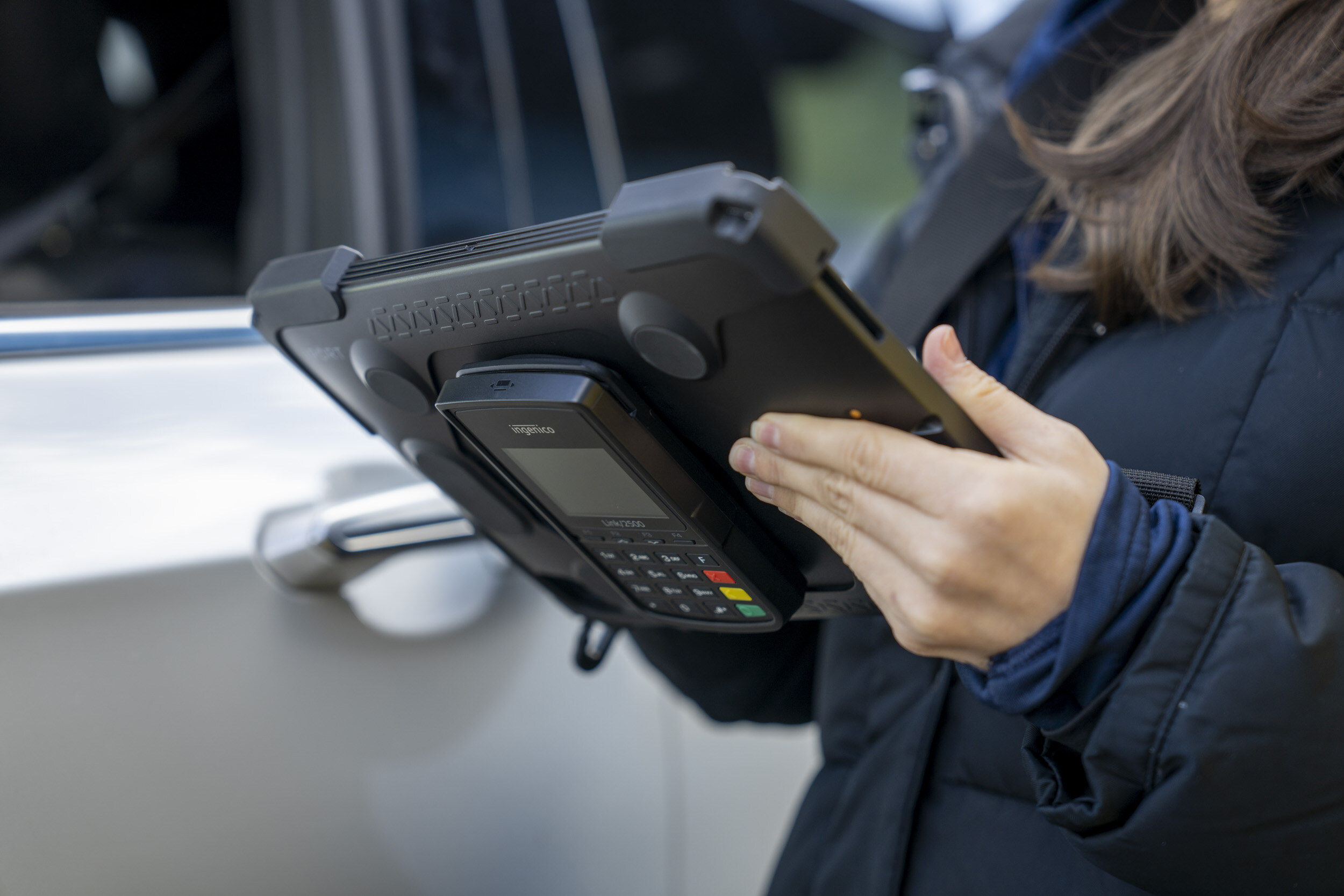Call Sales: +1 (833) 437-3835
Call Sales: +1 (833) 437-3835
Coral Drake | April 23, 2024 |

Traditional marketing tends to treat each channel as a separate entity: online users get one experience, retail shoppers another, and social media users another. An omnichannel retail strategy unifies marketing, offering a personalized shopping experience across all customer touchpoints online and offline.
It builds a cohesive customer journey, whether the shopper is searching a relevant keyword, engaging with ads on social media, browsing an online store via a mobile app, or visiting a brick-and-mortar location.
A consistent brand experience ensures customers receive the same level of service, branding, and communication no matter how or where they interact with the brand. Consistency builds trust and loyalty, which are critical in appealing to a retail business marketing landscape increasingly focused on authenticity.
Online shopping was already growing before the COVID-19 pandemic, but millions of customers avoiding physical stores turned omnichannel from a "nice-to-have" into a necessity for retail. As stores opened again, customers came back, but they didn’t want to give up their online experience. Today's consumers expect to move fluidly between channels and interact similarly with a brand no matter where they are.
While 74% of managers believe omnichannel is important to some degree, only 3% of retailers have all channels “connected” (source). This is a shame, because companies with connected channels see annual revenue growth increase by 9.5%. This suggests that retailers who connect their marketing channels will have a key advantage as the rest of the retail world struggles to catch up.
Understanding your customers is key to a successful omnichannel strategy. Deep research into customer behaviors, preferences, and the channels they frequent using analytics tools and customer surveys provides insights into how customers interact with your brand across different platforms and what they expect from their shopping experience.
With an effective omnichannel strategy, every customer interaction may lead to a purchase. Whether browsing your website, clicking through a social media ad, or engaging with a mobile app, customers should find a seamless path to buying your products.
To make this happen, integrate e-commerce capabilities across all your digital properties and ensure that all marketing language makes clear to customers what they should do to make a purchase.
The gap between online and real life is getting smaller for your customers in all kinds of areas of life, from entertainment to socializing, and it should apply to how your customers buy from your store too. Implement a buy online, pick-up in-store model so your customers can follow their impulses online conveniently.
Offer a mobile app to use in-store for product information and discounts. It can also save purchases and provide product advice, updates, and related products.
Omnichannel retail depends on technology. Tools like Shopify Plus offer powerful platforms for managing online stores. POS systems (ahem, such as Revel Systems) integrate online and in-store sales, inventory management, order fulfillment, and customer relationship management and loyalty while providing powerful analytics to help you continue to develop cross-channel retail opportunities to build a more comprehensive shopping experience.
Here’s an example to demonstrate how cross-channel retailing looks in practice.
Let's say a shoe company is employing an omnichannel strategy. A potential customer might see an ad for a pair of shoes on Instagram and look at it briefly. Later, they receive a personalized email discount for that product.
They visit the online store, add the product to their cart, but decide not to complete the purchase. Later, while browsing Facebook, they see a retargeted ad for the same product in their cart, reminding them to complete their purchase and offering an additional gift (decorative laces) for free if they pick up in-store.
They make the purchase.
After the purchase, the customer goes to the store to pick up their shoes and laces. They're greeted by a sales associate who not only has the products ready, but also offers to have the customer try on the shoes to be sure they’re right. As the customer is trying on the shoes, the sales associate offers them complementary items based on their online browsing history. The customer decides to get a pair of socks that match the decorative laces.
Later that day, the customer receives a follow-up email asking if they’re happy with their shoes, laces, and socks. It invites them to join a loyalty program that allows them to get points no matter where they make purchases.
Once they join, they receive an incentive to get a coupon for themselves and their friend if they send a link inviting the friend. They do so.
Over the course of this customer’s lifetime with the brand, they purchase several pairs of shoes and socks and lots of decorative laces in response to SMS and email offers. They also invite friends and family to the brand’s loyalty program in exchange for discounts and participate in brand challenges on social media, offering a high lifetime value to the brand.
In today's retail landscape, the potential for customer engagement and business growth of omnichannel strategies is clear. A flexible cloud POS system designed for multi-location growth is an invaluable tool in implementing an omnichannel strategy.
Revel Systems offers the agility and scalability to customize an ecosystem of technology to enable omnichannel solutions for loyalty, analytics, sales, inventory, and more.